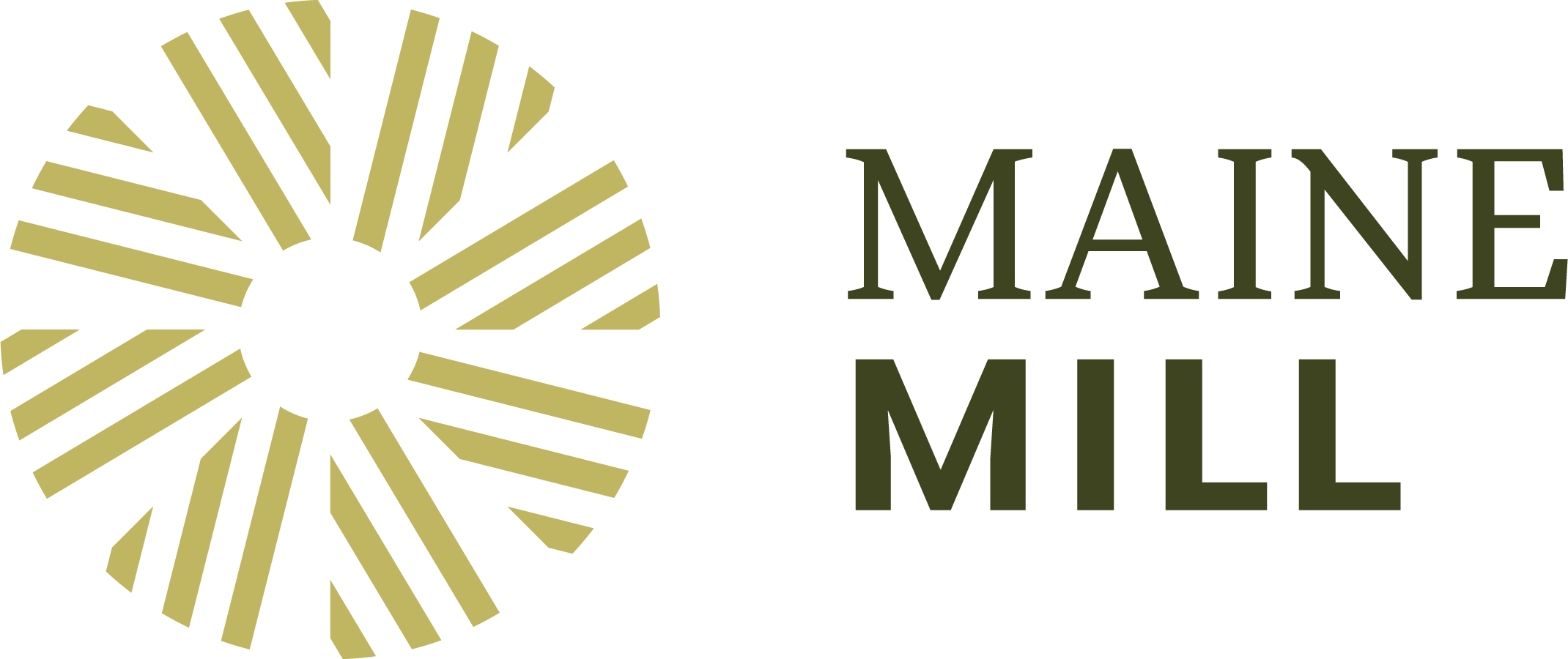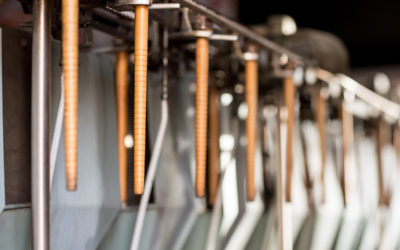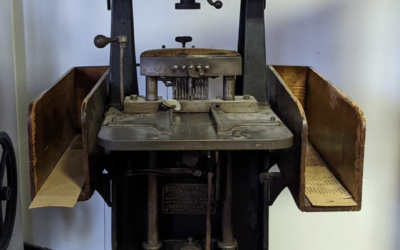Collection + Exhibits
Object of the Month
Get a glimpse of the past with highlighted artifacts from the museum’s collection.
With more than 10,00 artifacts in our collection, there’s a lot to learn about. Come along with us as we unearth one item a month and take a deep dive into its use, significance, and any community stories connected to its history, meaning, or purpose.
From archival photographs to awards, manufacturing tools and inventions to locally made holiday ornaments from a once renown manufacturer—get a glimpse into the past, right now.
February 2024: Dye Tubes
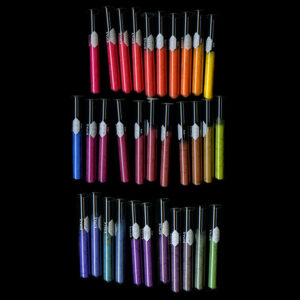
It’s February, which means our 2024 gallery “Unseen Hands, The Hidden Elements of Labor” opened to the public! This month, we’re highlighting dye tubes from the Bates Dyeing Facility, offering a glimpse at just one of the dozens of objects we have on display this year. Bates Manufacturing had its in-house laboratory that developed new dyes and ensured the quality of the pigments used in its products. Early in the mill’s history, the workers would dye only one color daily (i.e., Monday – blue, Tuesday – yellow, etc.). Any dye left over at the end of the day was dumped directly into the Androscoggin River, making the mill one of the largest polluters. This practice and the Androscoggin’s overall condition helped inspire Maine Senator Ed Muskie to get the Clean Water Act passed by Congress in 1972.
Photo by Tanja Hollander
Did you miss a past Object of The Month?
We’ve gone through a treasure trove of items from our collection over the years. Scroll through and see what you may have missed.
February 2022: Whitin-Schweiter Automatic Filling Winder
This automatic filling winder made sure that bobbins were fully wound with yarn in preparation for weaving on a jacquard loom. Work on this machine involved placing cones of yarn on reels or spindles of the machine; threading yarn through the various guides;...
January 2022: Piano Punching Machine
The creation of Jacquard cards to control the weave sequence on a textile loom was a multi-step process. A crucial piece of this process involved the use of the Piano Punching Machine, which is our object of the month. It encoded the fabric design into stacks of cards...
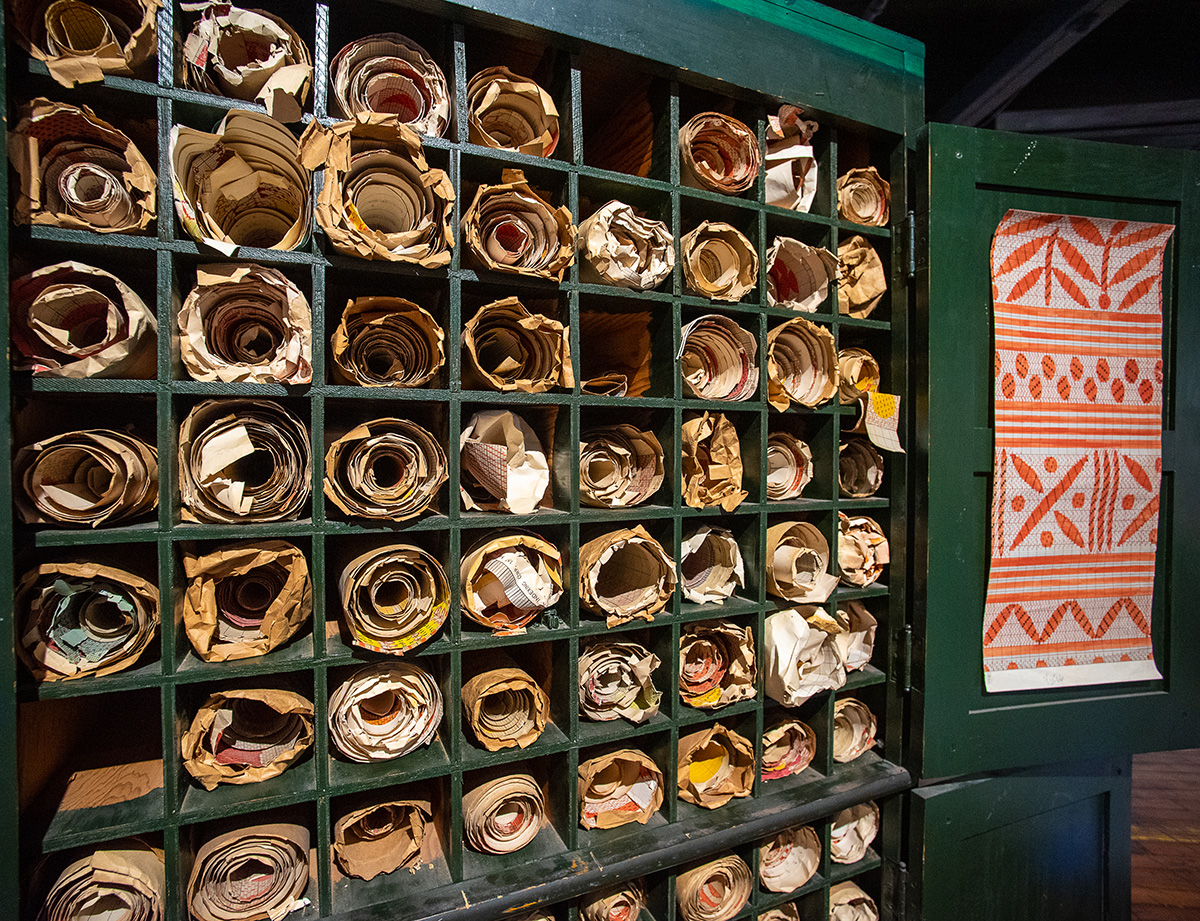
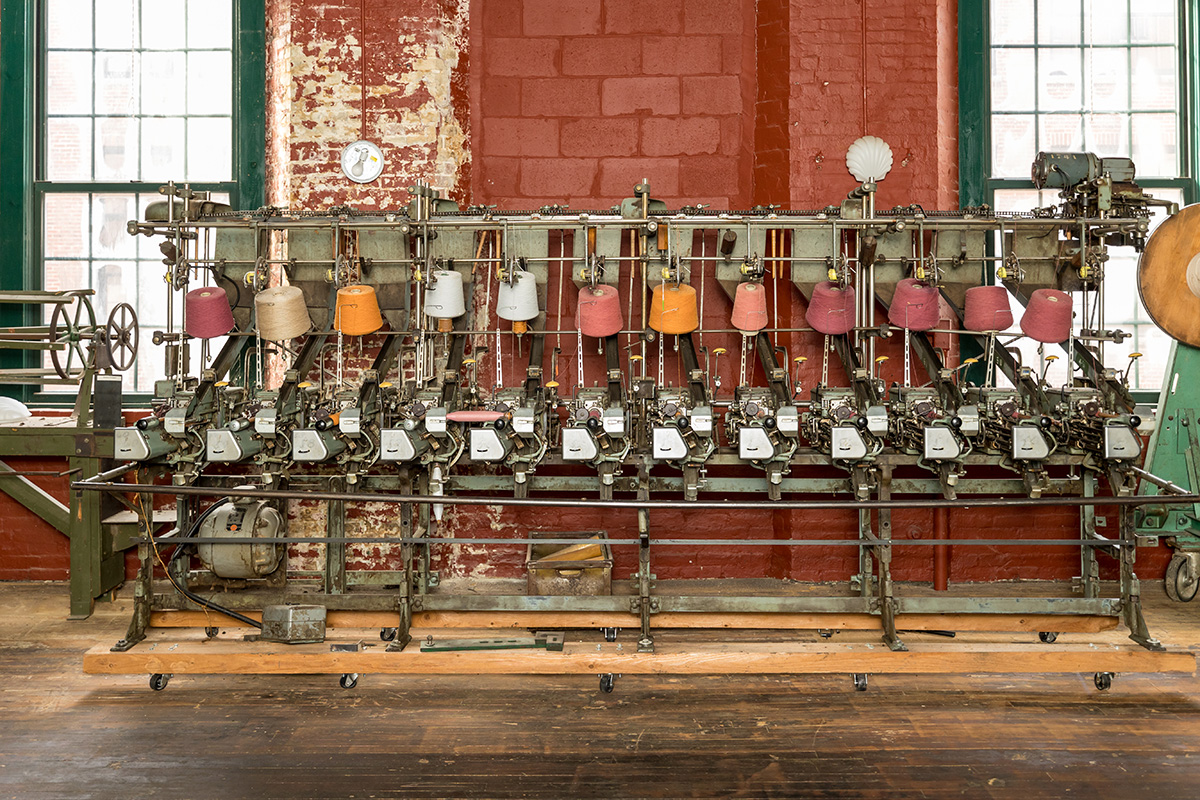
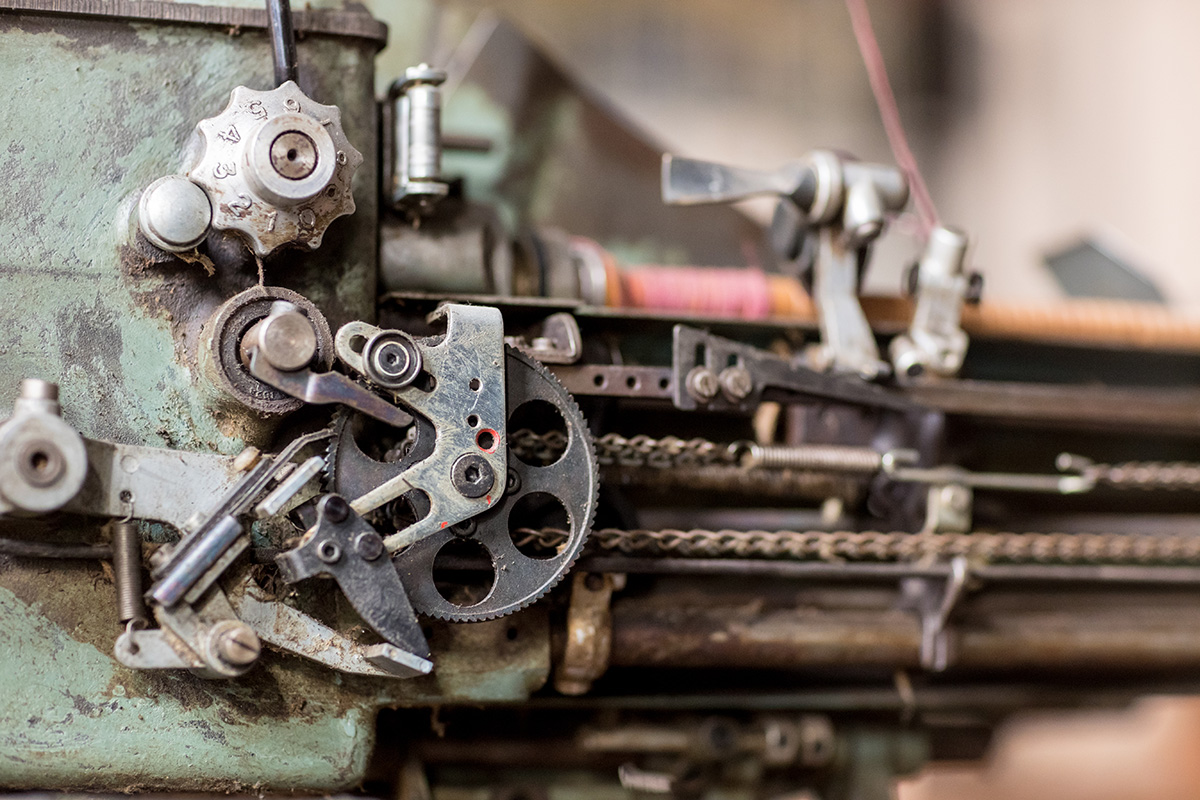
Help preserve Maine MILL artifacts
Antique and vintage items need a lot of maintenance to prolong their lifetime. Help us to preserve and care for these historical items and representations of our community’s history by donating today.
